Yavapai Community College’s decision to completely abandon the thriving film school program in 2013 still has some Verde Valley residents scratching their heads
The Sedona Red Rock News on February 16, 2022, reminded us that it was just ten years ago, February 17, 2012, when Yavapai Community College students were turning out great student films at the Community College’s Sedona Center. That year, the Sedona International Film Festival (SIFF) featured five films created by students attending the Sedona Center’s film school. Those films and nine others all had Arizona ties as either films shot in Arizona or films made by Arizona residents. “There are a lot of great films made right here in Sedona and around Arizona in this year’s festival. We’re so proud to have so many local filmmakers who won a spot in the festival. They went through the screening process, just like all of the other films,” said Sagan Lewis, program director for SIFF.
Here is a part of the Redrock News report of February, 2022 (in Blue), slightly edited, that recalled the accomplishments of some Yavapai Community College students studying film making at the Sedona Center ten years ago:
A five-member team screens every film submitted for consideration. This year they received more than 850 films, which they pared down to 145.
One of the . . . films by [Yavapai student] Susanne Barr is “Christel Clear” about a trauma nurse who discovers she has a special gift that changes people’s lives.
Bianca Luedeker [Yavapai Student] created a film about her dream to follow in the footsteps of her idol in “I Want to Be Tom Savini.” “It’s mostly about makeup special effects and my personal experience while on vacation without my parents for the first time,” Luedeker said.
“Symmetry” is a suspense between a homicide detective and a vigilante that turns deadly. Filmmaker [Yavapai student] Jeremy Naranjo said he plans to make a feature-length version of the 18-minute short fictional film. “I studied political science to be a lawyer but after serving an internship in Washington, D.C., I decided I didn’t want to be a lawyer,” Naranjo said. “I find filmmaking challenges you on every level, and that’s something I’m drawn to.”
Katja Torneman [Yavapai student] created a documentary around her passions: conservation and the environment. With “Anna, Emma and the Condors,” Torneman worked with a family dedicated to saving the large birds. “We worked together for a year to make this film. I want to spread the message we can make a change; we just have to do it,” Torneman said.
The final . . . student-made film [by Yavapai student Karin Kwaitkowski] is “The Stopwatch Gang” about the true story of three men from Canada who used a stopwatch when robbing banks during the 1970s and early 1980s.
The reader might recall that the Sedona Film School, was the successor to the internationally acclaimed Zaki Gordon Film School, which had partnered with Yavapai Community College beginning in 2000. The Institute severed its relationship in 2011 with the College after a dust-up of some sort over control between then College president Penelope Wills and Dan Gordon. The Zaki Gordon Institute moved to Liberty University where today it is recognized as providing one of the better college film training programs in the nation.
Two years following the breakdown of the Community College’s relationship with Dan Gordon, in October 2013, Sedona and Verde Valley residents were taken totally by surprise and stunned by the College’s Administration’s sudden decision to completely abandon the film making program in Sedona. The abandonment was a part of the ten-year $103 million College development plan, which anticipated spending over 95% of development funds on west county community college improvement. The original plan contemplated entirely closing the Sedona facility and putting it up for sale. Once the Sedona Center was shuttered and sold, Wills promised to lease other facilities in the area for OLLI and any other programs.
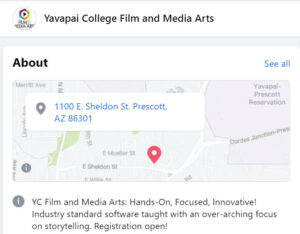 The plans to shutter the Sedona Center completely were thwarted by local Sedona politicians and residents throughout the Verde Valley. However, the College refused to return the film school to Sedona.
The plans to shutter the Sedona Center completely were thwarted by local Sedona politicians and residents throughout the Verde Valley. However, the College refused to return the film school to Sedona.
Although the Community College has some involvement this year with the Sedona International Film Festival, it is pretty clear that emphasis in the College’s film training is now primarily located on the Prescott Campus as evidenced by the Yavapai College Film and Media Arts Facebook page: https://www.facebook.com/YCFilmandMediaArts/. There is no film school training at the Sedona Center.
 The Yavapai Community College Sedona Center had been open only one year when in June 2001 the Administration began looking to purchase up to 80 acres of land of the Coconino National Forest adjacent the Center. The purpose was to expand the facility to meet the unexpected huge number of students seeking admission to the Film Institute.
The Yavapai Community College Sedona Center had been open only one year when in June 2001 the Administration began looking to purchase up to 80 acres of land of the Coconino National Forest adjacent the Center. The purpose was to expand the facility to meet the unexpected huge number of students seeking admission to the Film Institute.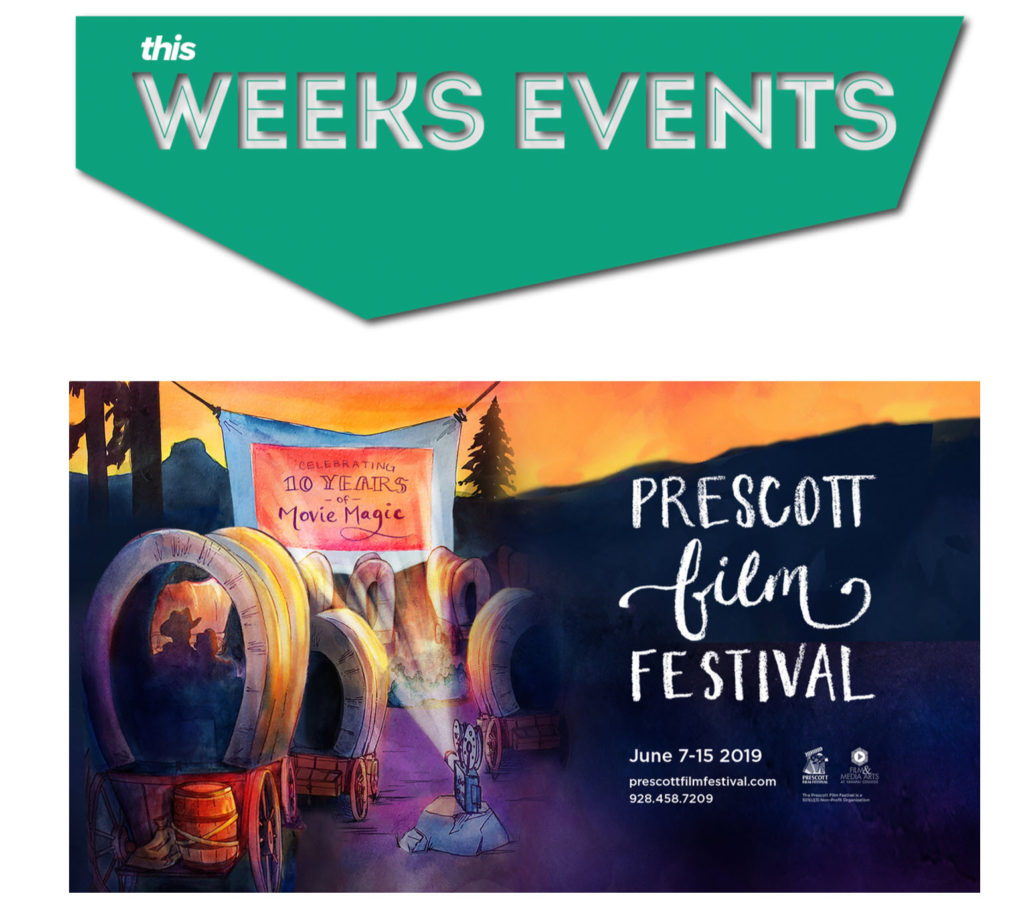
 It was 20 years ago, November 30, 1998 that Yavapai College announced that it was going to construct a digital media center and campus building at the cultural park in Sedona. Construction was approved and additional funds included in the $69.5 million dollar 2000 bond for another building at the Sedona Center. That second building was never built.
It was 20 years ago, November 30, 1998 that Yavapai College announced that it was going to construct a digital media center and campus building at the cultural park in Sedona. Construction was approved and additional funds included in the $69.5 million dollar 2000 bond for another building at the Sedona Center. That second building was never built.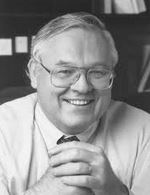
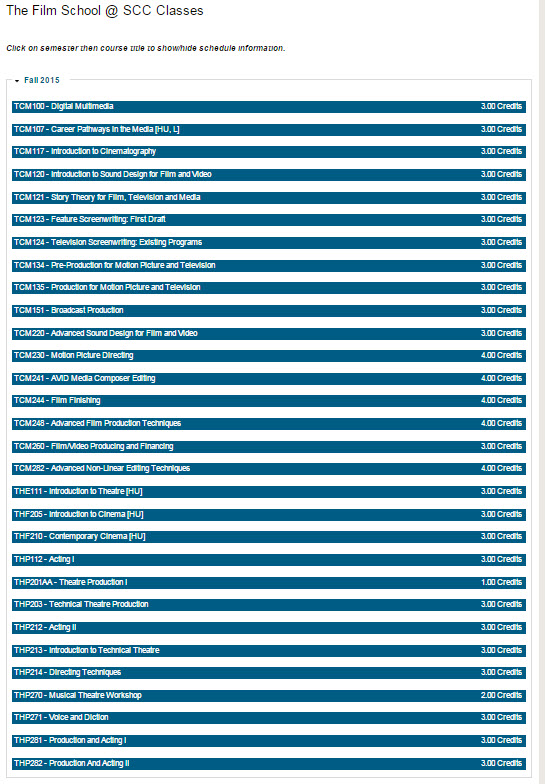
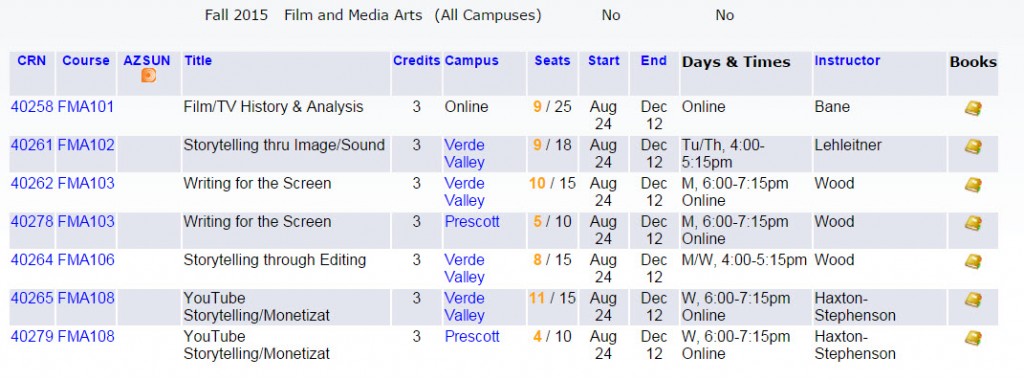
 There were a total of 97 persons who attended the event. Included in the audience were members of the Verde Valley Board Advisory Committee, two members of the Yavapai College District Governing Board, and the Mayor and six of the seven Sedona City Councilors.
There were a total of 97 persons who attended the event. Included in the audience were members of the Verde Valley Board Advisory Committee, two members of the Yavapai College District Governing Board, and the Mayor and six of the seven Sedona City Councilors.